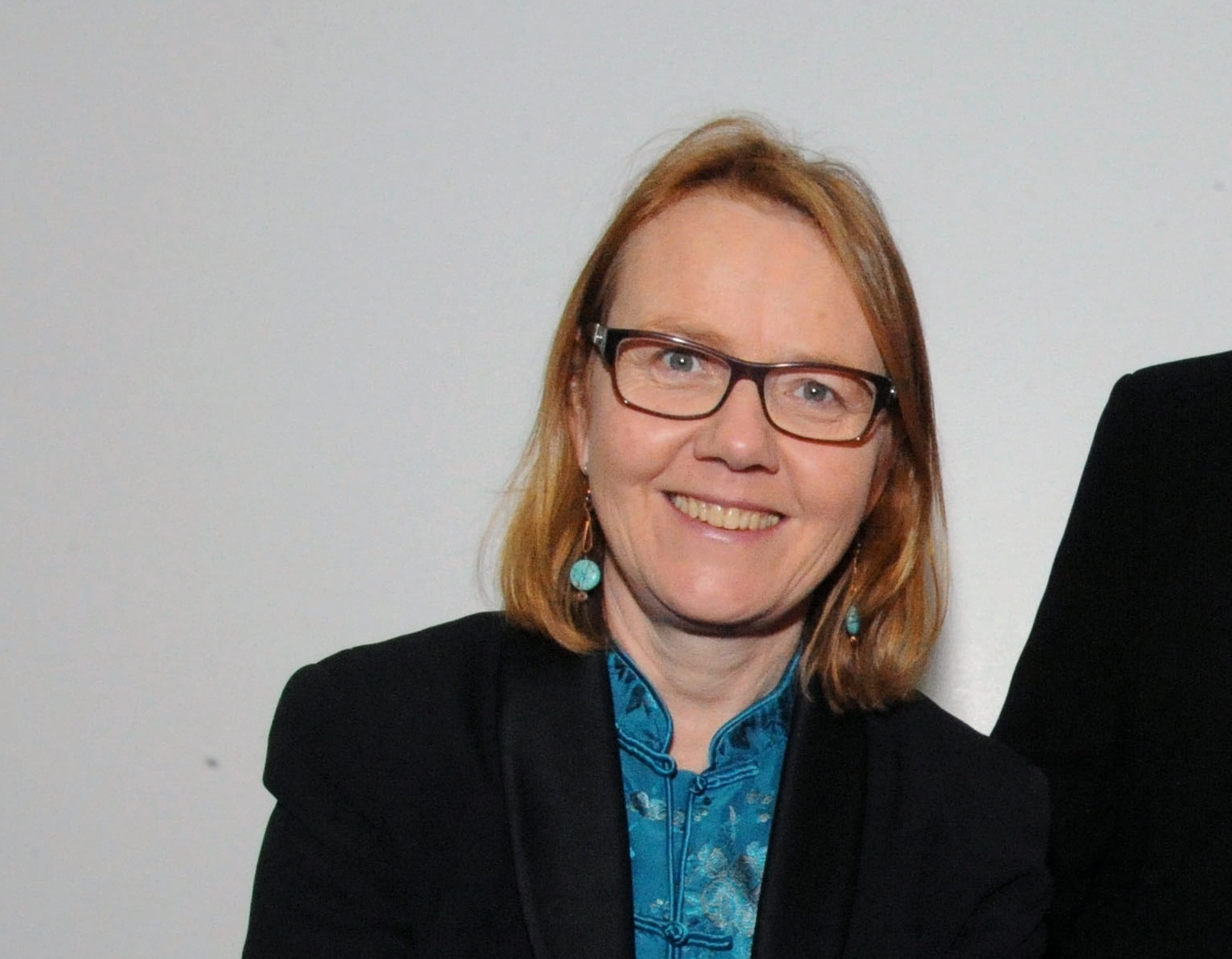Fifers living in poverty are more likely to die from cancer as the gap between rich and poor widens.
NHS Fife’s director of public health Margaret Hannah said recent figures suggested inequality was a growing problem.
Compared to statistics for 2008, poor people aged between 15 and 44 are now even more likely to die than peers with more advantages.
Dr Hannah said those living in poverty were more likely to succumb to cancer, partly because of reluctance to see a GP about their symptoms.
She said: “Some wide gaps are creeping in and the same is true for cancer survival. Survival rates are significantly worse in deprived areas.
“We seem to be stuck in a holding pattern, or arguably getting worse, around inequality. I think there are areas where the health service could do better.
“The first would be around cancer survival. We could start to look at how to encourage people to present earlier in more deprived areas.”
She said other steps could be taken to improve the population’s health, including health interventions for young women in pregnancy and looking at how biological, social and psychological factors affect wellbeing.
Dr Hannah said obesity levels in Fife were “significantly higher” than the Scottish average and there had been little change in the statistics since 2008.
Nearly a third of adults living in Fife are classed as obese, with a body mass index of 30 or higher.
The region has a higher rate of obesity than the Scottish average of 28%.
Western Isles and Orkney had the highest rate of adult obesity at 36%.
In Fife, 30 per cent of women and 32 per cent of men suffer from obesity.
The statistics were published by the Scottish Government in September last year as part of the Scottish Health Survey.
It was also revealed that 24 per cent of Fifers eat the recommended five portions of fruit and vegetables a day, more than the Scottish average of 21 per cent.
However, nine per cent eat none at all.
Non-executive NHS Fife Board member Martin Black said: “Unless we reduce inequality across the board we will always have inequality.
“Educational attainment has to be raised to help reduce health inequalities. There has to be a link in with education to deal with this.”
